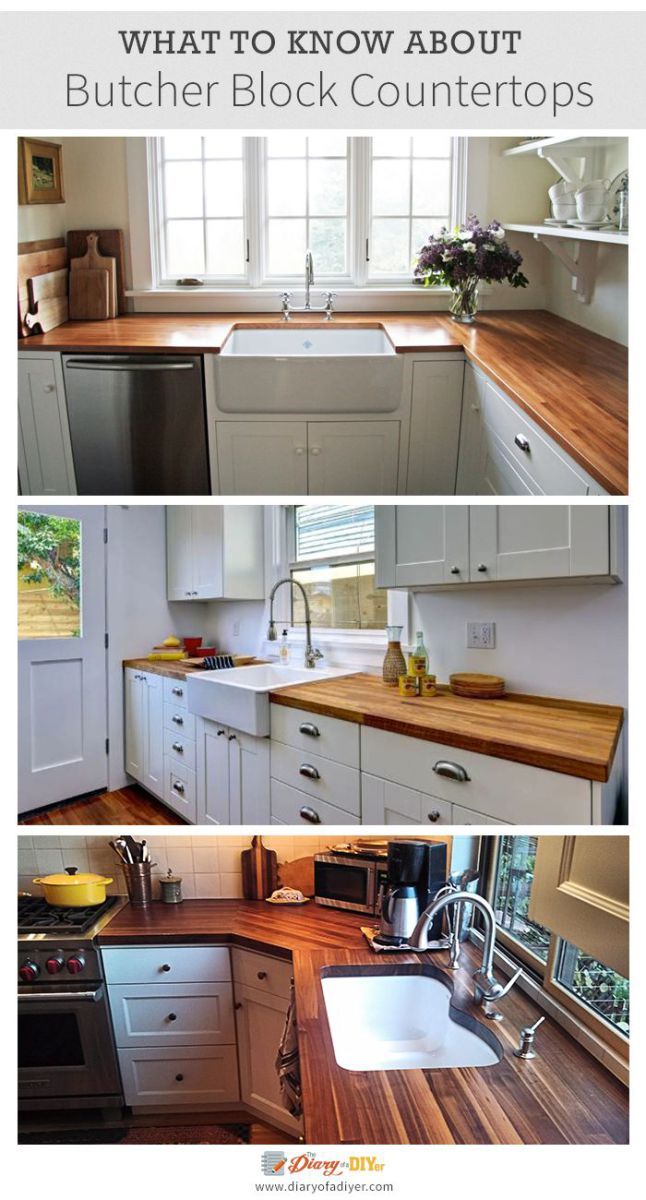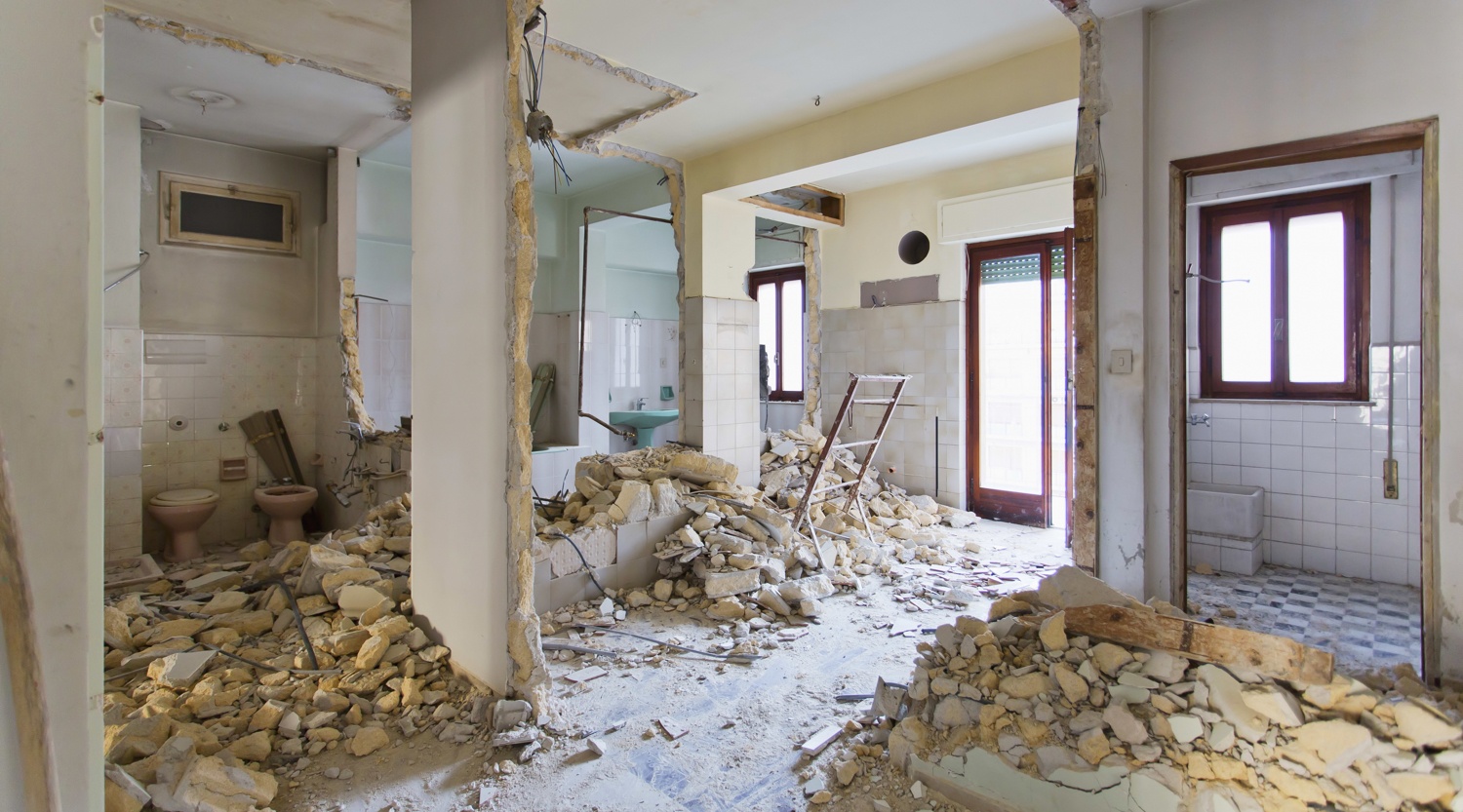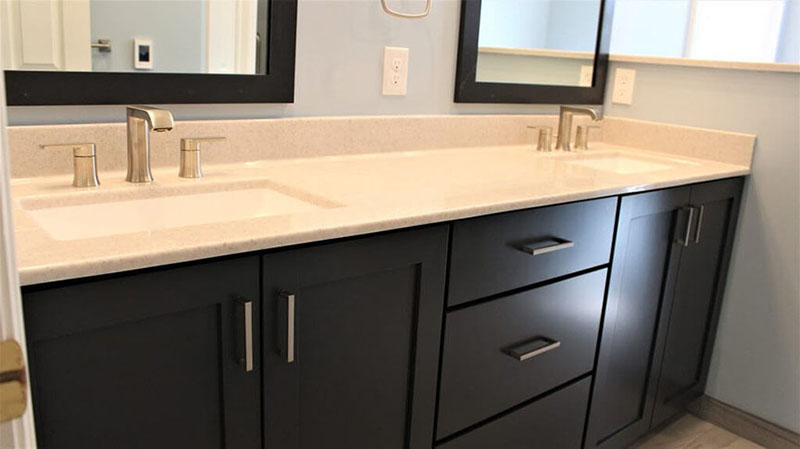
When you are wondering how to finish a garage, there are several steps you need to take. Insulate the garage. Floors should be at least seven-and half feet high. To let more natural light in, you may consider adding windows. Consult your local zoning office for information about the maximum number windows you are allowed to add to your garage. It is recommended that you install three to four windows and provide sufficient ventilation to keep the garage warm.
Install drywall on the walls. Drywall is the best choice for garage walls. It has excellent fire resistance and is very easy to set up. If you don’t want to deal drywall, you could use oriented strandboard, which is bolted directly to the wall frame. It doesn't need any trimming or tape, making it a great way to finish off your garage. You should prime the walls after you have completed framing them.

Paint the ceiling. The ceiling can be painted with a spray can or roller. You should use rags when you paint to avoid spills and drips. Two people will be needed to support the ladder. While you're painting the ceiling, make sure someone is there to help you. You should have enough height to reach the ceiling with your ladder.
Before you begin installing drywall, prepare the wall surface using a drywall primer. This will seal any cracks in the sheetrock, and make your paint last longer. A primer that is compatible to drywall should be used if you're painting walls. Paint with primer has a greater durability. The primer can be used to hang shelves and other items on the walls. It is possible to even mount Christmas decorations on the walls.
Once you have a clear understanding of the steps involved in finishing a garage, it's time to start. Once you have decided on the materials you will need to begin the preparation of the walls. It is important to raise the drywall level, as if the walls were inside a home, it won't look as nice. Adding drywall is an inexpensive way to finish a garage. Be sure to read the instructions.

Once you've decided on the materials, you can start finishing the walls. Although drywall can be used for garage walls it is not recommended for use in this space. Instead, you should use a type of plywood or wallboard panels to finish the walls. These options are easier to install and require less labor. The walls of a garage should be finished with drywall. Plywood is stronger than drywall, and it won't affect the insulation level of your home.
FAQ
Can I do the whole renovation myself?
You can do it yourself so why pay someone when you could save time and money?
It doesn’t matter how much DIY is your passion, sometimes it can be difficult to do the job yourself. There may be too many variables involved for you to control.
If you have an older home, for example, the wiring might be outdated. To ensure safety and reliability, you will need to hire an electrician.
Also, you should consider that some structural damage may not be possible during renovations.
In addition, you might not have the tools necessary to complete the job properly. For instance, if you are planning to install a new kitchen sink, you'll need to buy a special tool called a plumber's snake which is used to clear clogged pipes.
You will also need a licensed plumber to work on your plumbing project.
Let's just say that you must know what you can do before you undertake such a daunting task.
If you are unsure whether you can tackle the job yourself, ask for help from friends and family members who have done similar projects before.
They can advise you on the steps you should take and where to look for further information.
Are permits necessary to renovate my property?
Yes. You will need permits to start any home renovation project. In most cases, you will need both a plumbing and building permit. A zoning license may also be needed depending on the type or construction you are doing.
How do you make a house look new?
If you are looking to renovate a house with no money, here are some steps:
-
Plan your budget
-
Find out what materials you need
-
Decide where you want to put them
-
Make a list of things you need to buy
-
Find out how much money your have
-
Plan your renovation project
-
Start to work on your plans
-
Do some research online
-
Ask your family and friends for assistance
-
Get creative!
Do you prefer to hire a general contractor, or a subcontractor for your project?
Hiring a general contract is typically more costly than hiring subcontractors. General contractors have many employees so often charge their clients a high amount for labor costs. A subcontractor hires only one employee so they charge less per an hour.
How many times should I change my furnace filter?
This depends on how often your family will use their home heating system. It is worth changing your filter more often if you intend to spend a lot of time outside during winter months. If you're not often out of your home, however, you may be more able to wait for the filter to change.
The average furnace filter will last approximately three months. This means you should change your furnace filters once every three months.
Check the manufacturer's guidelines for when you should change your filter. While some manufacturers recommend replacing your filter once per heating season, others recommend waiting until there is visible dirt buildup.
What should I do if I want to hire an architect/builder?
It might be easier to have someone else do the work if you're planning on renovating your own house. An architect or builder is a good option if you plan to buy a new house.
Statistics
- They'll usually lend up to 90% of your home's "as-completed" value, but no more than $424,100 in most locales or $636,150 in high-cost areas. (kiplinger.com)
- According to the National Association of the Remodeling Industry's 2019 remodeling impact report , realtors estimate that homeowners can recover 59% of the cost of a complete kitchen renovation if they sell their home. (bhg.com)
- Rather, allot 10% to 15% for a contingency fund to pay for unexpected construction issues. (kiplinger.com)
- A final payment of, say, 5% to 10% will be due when the space is livable and usable (your contract probably will say "substantial completion"). (kiplinger.com)
- Most lenders will lend you up to 75% or 80% of the appraised value of your home, but some will go higher. (kiplinger.com)
External Links
How To
How do you plan a complete home remodel?
Planning a home remodel takes planning and research. Before you start your project, here are some things to keep in mind. The first thing to do is decide what kind of home renovation you want. You can choose from a variety of categories, such as kitchen or bathroom, bedroom, living space, or living room. After you decide which category you want to work on, figure out how much you can afford to spend on the project. If you are new to working in homes, budget at least $5,000 for each room. If you have experience, you may be able to manage with less.
Once you've determined the amount of money you can spend, you need to decide how large a job you want. You won't be capable of adding a new floor, installing a countertop, or painting the walls if your budget is limited to a small remodel. On the other side, if your budget allows for a full renovation of your kitchen, you'll be able do just about any task.
Next, you need to find a contractor who is experienced in the type project that you want. You will be able to get great results and avoid a lot more headaches down in the future. After finding a good contractor, you should start gathering materials and supplies. Depending on the size of your project, you may need to buy everything from scratch. However, it is possible to find everything you need in a variety of shops that sell premade items.
Once you have all of the necessary supplies, you can start making plans. To begin, draw a sketch of where you would like to place furniture or appliances. Next, plan the layout. Remember to leave enough space for outlets and plumbing. You should also place the most frequently used areas closest to the front door, so visitors have easy access. You can finish your design by choosing colors and finishes. Keep your designs simple and in neutral tones to save money.
Now it's time to build! Before you start building, check your local codes. Some cities require permits. Other cities allow homeowners without permits. You will need to first remove all walls and floors that are not required for construction. Next, you'll lay down plywood sheets to protect your new flooring surfaces. Next, you will nail or screw together pieces wood to create the frame for your cabinets. The frame will be completed when doors and windows are attached.
When you're done, you'll still have a few finishing touches to do. You will likely need to cover exposed wires and pipes. Plastic sheeting and tape are used to cover exposed wires. It's also a good idea to hang mirrors and photos. You should always keep your work area clean.
These steps will help you create a functional, beautiful home that is both functional and attractive. Now that you have a basic understanding of how to plan a house remodel, it's time to get started.